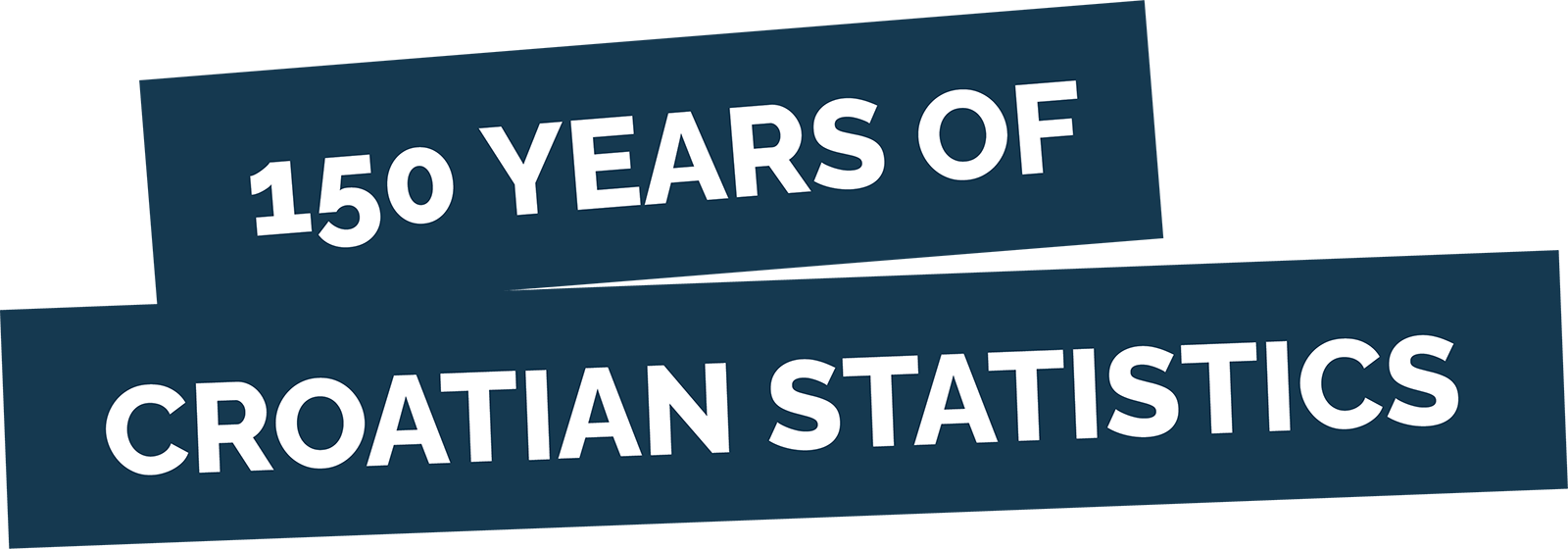×The 1880 census as carefully prepared and conducted in a very short time by the Office for State Statistics, headed by Milovan Zoričić. Its first results were published as early as 1882, and in the following year the official results were published in the publication entitled “Census of Populace and Livestock as of 31 December 1880”. On more than 500 pages, this publication provided data on population, households and livestock, but it also detailed the methodology of data collection and listed all the documents used to collect those data, such as the census questionnaires. Curiously, the questionnaires for women were white, while for men they were blue.
At the time of the 1880 population census, the territory of the Kingdom of Croatia and Slavonia was divided into eight counties: Zagreb, Osijek, Varaždin, Križevci, Bjelovar, Požega, Virovitica, and Srijem, as well as six frontier districts that had already been incorporated into the Kingdom of Croatia, Slavonia, and Dalmatia (Lika-Otočac, Ogulin-Slunj, Banovina, Gradiška, Brod, and Petrovaradin).
The territory of what was then Croatia covered an area of 42 516.015 km2 as of 31 December 1880. A total of 1 905 295 inhabitants lived in that area, of which 12 796 were military personnel and 1 892 499 were civilians. On average, there were 44 inhabitants per square kilometre, with the highest density of 95 inhabitants per square kilometre in the County of Varaždin. According to the standards and definitions at the time, in 1880, there were 20 towns, 49 market towns, 4 520 villages, 219 deserted settlements, and 17 colonies in Croatia, making a total of 4 825 settlements.
Read more about that Census, as well as the history of population censuses in the Republic of Croatia, in the article How we counted ourselves for the last 150 years.































